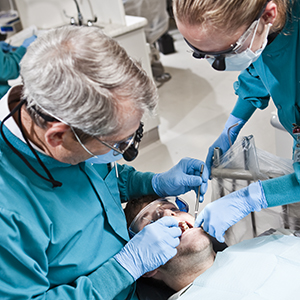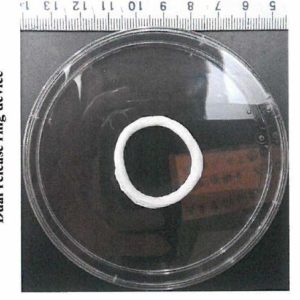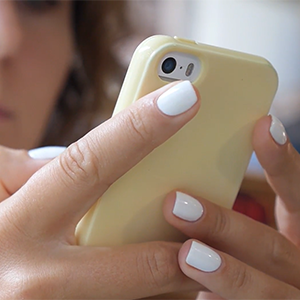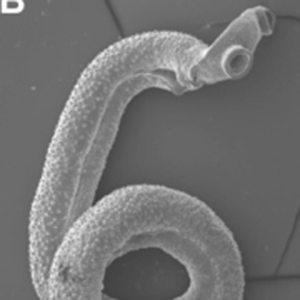Description
Tooth-binding hydrogel releases therapeutic agents
A new tooth-binding gel can hold medications in place, solving persistent problems dental care providers constantly face: The lack of options for treating gum disease.
The new drug delivery platform shows promise in animal studies as an effective alternative to surgical options for advanced gum infections or periodontitis. Periodontitis causes the gradual erosion of alveolar bone, the bone that helps keep teeth firmly rooted.
Mild cases can be treated with antibiotics and a thorough deep cleaning of the tooth pocket. However, more serious cases with extensive bone damage may require bone or gum grafts. While medications exist that can promote bone regeneration, they are not effective when applied to the tooth pocket.
To address this tricky problem, University of Nebraska Medical Center researcher Dong Wang, PhD, has improved on a known hydrogel to increase its effectiveness.
Dr. Wang modified Pluronic F127—an FDA-approved hydrogel—to give it the ability to stick to hydroxyapatite, an important mineral present in tooth enamel, naming the new compound “PF127.”
Dr. Wang and his team tested PF127 in a periodontitis animal model to demonstrate its potential for improving treatment outcomes. When medication for bone regeneration is mixed with PF127, the resulting treatment significantly reduces inflammation, the underlying cause of bone erosion. As a result, animals treated with medication-infused PF127 had significantly better bone preservation than those treated with the medication alone.
To discuss licensing opportunities contact Nathan Hatch, PhD, at nathan.hatch@unmc.edu or 402-604-0914.






